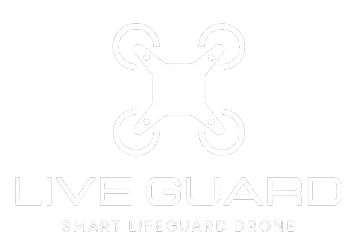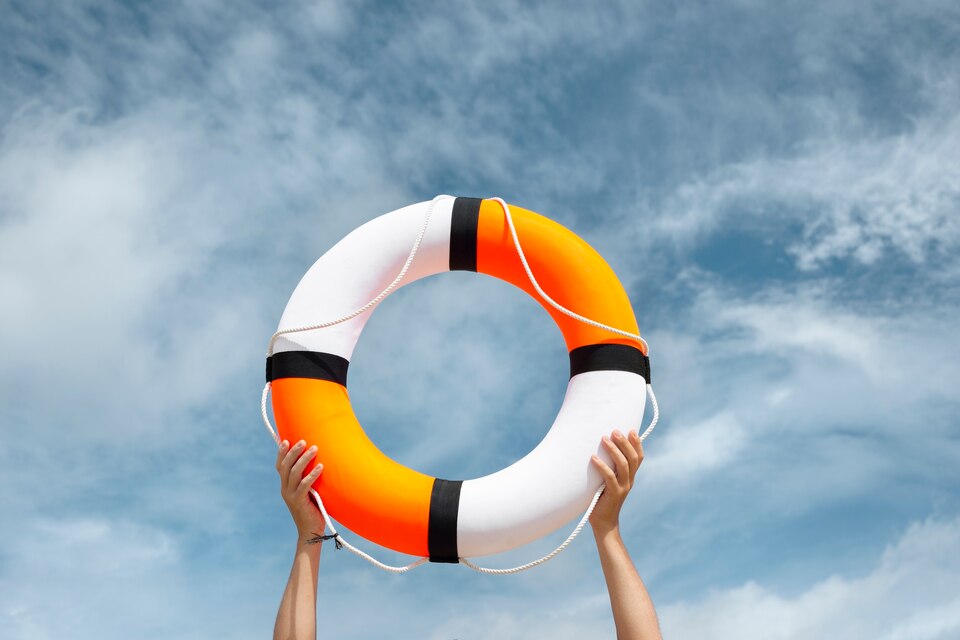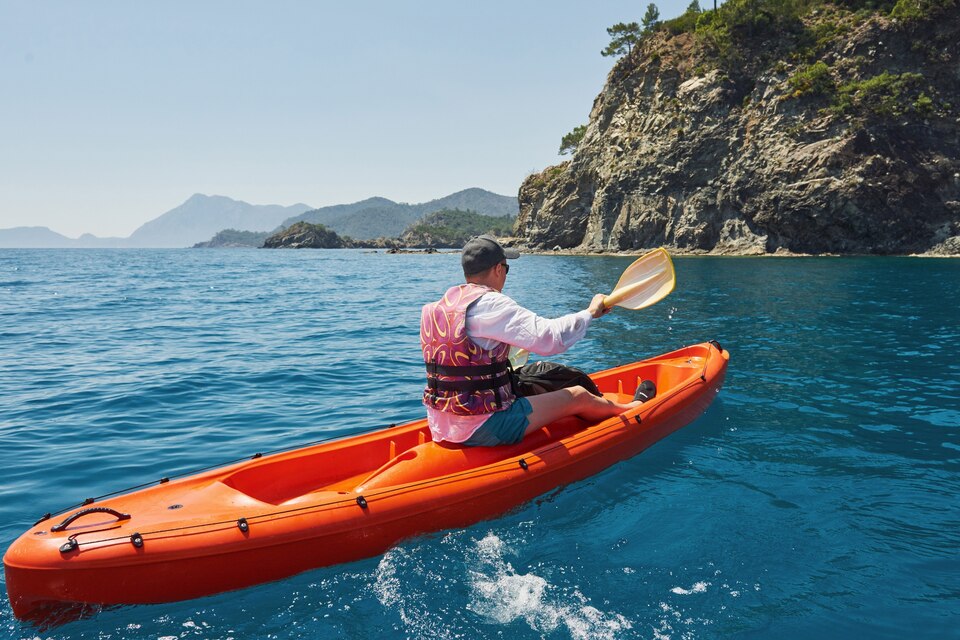Introduction
Swimming is a popular activity that brings both enjoyment and health benefits to people of all ages. However, it also comes with inherent risks. According to the World Health Organization, drowning remains one of the leading causes of accidental death worldwide, particularly among young children and those with limited swimming abilities. While traditional lifesaving methods such as lifeguards and rescue techniques are vital, they are not always enough to prevent accidents, especially in larger pools, open water, or when swimmers are out of sight. This is where technology-enhanced lifesaving comes into play.
In today’s world, technology is transforming how we approach safety in aquatic environments. From advanced water monitoring systems to wearable devices and smart rescue tools, tech-enhanced lifesaving methods are proving to be game-changers. These innovations not only help in preventing accidents but also enable a faster and more efficient response when emergencies do occur. As swimming continues to be a favored activity globally, it’s more important than ever to incorporate technology into lifesaving practices to ensure that swimmers can enjoy their time in the water with confidence and peace of mind.
In this article, we’ll explore the emerging technologies that are reshaping the landscape of swimming safety and why these tech-enhanced solutions are becoming essential for today’s swimmers.
1. Innovative Technology for Enhanced Drowning Prevention
Prevention is always better than cure, and when it comes to swimming, this rings especially true. Technology is enabling a new era of preventative measures to ensure that swimmers remain safe in aquatic environments. From real-time monitoring systems to smart wearable devices, these innovations are designed to minimize the risk of drowning by alerting lifeguards, swim instructors, or even swimmers themselves to potential dangers.
AI-Powered Monitoring Systems
AI-powered monitoring systems are transforming how we monitor swimmers, particularly in large or crowded pools where lifeguards might struggle to keep a constant eye on every individual. These systems use machine learning algorithms to detect unusual swimmer behavior, such as sudden changes in movement patterns, long periods of stillness, or swimmers who are not surfacing for air. The AI system can then trigger an alert to lifeguards or pool operators in real time, enabling a faster and more accurate response.
Some AI-powered systems also integrate with cameras placed throughout the pool or aquatic environment, analyzing footage for potential signs of distress. This reduces the chances of human error and provides an additional layer of safety, especially in larger or public swimming pools where it can be difficult to spot every swimmer.
Smart Wearable Devices for Swimmers
Wearable devices, such as smart wristbands, life vests, and smart swimsuits, are also playing an increasingly significant role in water safety. These devices are designed to monitor a swimmer’s health metrics, such as heart rate, body temperature, and motion. If a swimmer experiences any issues, such as a sudden drop in heart rate or a lack of movement, the device can alert a lifeguard or emergency responders in real time.
Some advanced wearable devices are even equipped with automatic flotation features. In the event that a swimmer becomes unconscious or unable to stay afloat, the device will automatically deploy a flotation device, helping the swimmer stay above water while assistance arrives. These wearables are especially beneficial for individuals with disabilities, the elderly, or those who swim in open waters where rescue teams may not be immediately available.
Drones for Aerial Surveillance and Rescue Operations
Drones are being used more frequently for monitoring water bodies, including beaches, lakes, and rivers, where swimmers may be out of sight of lifeguards. Equipped with high-resolution cameras and thermal imaging technology, drones can scan large areas quickly to detect potential hazards or locate swimmers in distress. They can also be used to deliver life-saving equipment, such as life vests or flotation devices, directly to swimmers in need.
This technology is particularly valuable in areas where rescue teams are far away or difficult to access. Drones enable real-time data gathering, which not only enhances the speed and efficiency of rescues but also ensures that emergency responders have more accurate information about the situation before they reach the scene.
2. Faster Response Times with Rescue Robots and AI-Assisted Tools
While prevention is key, quick action during an emergency is just as important. The ability to respond swiftly to a swimmer in distress can make the difference between life and death. Thanks to advances in robotics and artificial intelligence, emergency response times in aquatic environments are being drastically improved, offering a new level of support to lifeguards and rescuers.
Autonomous Rescue Robots
Autonomous rescue robots are designed to assist lifeguards in emergency situations. These robots are equipped with sensors, cameras, and sometimes even arms to help physically retrieve distressed swimmers. The robot can be deployed quickly and directed to the location of the swimmer, which reduces the time it takes for human lifeguards to reach them. Some rescue robots are also capable of performing life-saving functions, such as administering CPR or keeping the swimmer afloat until further help arrives.
These robots are often used in open-water environments, such as oceans or large lakes, where traditional rescue methods may be slower due to the distance or size of the area. Their autonomous navigation allows them to assess the water, locate individuals, and perform rescues without human input, making them an invaluable tool in situations where seconds count.
AI-Assisted Rescue Tools for Lifeguards
AI-powered rescue tools can assist lifeguards in the decision-making process during an emergency. These tools integrate real-time data from cameras, drones, and sensors to provide lifeguards with a comprehensive view of the situation. For example, AI can help lifeguards assess the swimmer’s condition by analyzing their movements, providing an accurate indication of the urgency of the situation.
In addition, AI can also suggest the most effective rescue techniques based on data from previous rescues or simulations, helping lifeguards make more informed decisions in high-stress situations. This technology not only improves response times but also increases the chances of a successful rescue.
Smart Pool Systems for Faster Alerts
Smart pool systems are being installed in both public and private pools to monitor swimmer safety continuously. These systems integrate sensors, alarms, and cameras to track swimmers’ movements and detect signs of distress. If a swimmer is at risk of drowning, the system can trigger an alarm, alerting lifeguards or pool attendants to take immediate action.
These smart systems are particularly beneficial in large public pools where lifeguards may have difficulty monitoring every swimmer. By providing real-time alerts, these systems allow lifeguards to focus their attention on high-risk areas, ensuring that no swimmer goes unnoticed.
Ready to dive into more innovative water safety technologies?
Check out our other blogs for in-depth insights into the tech shaping the future of aquatic environments and ensuring safe swimming for everyone.
Conclusion
As swimming continues to be a favored activity across the world, the importance of technology in ensuring safety cannot be overstated. From AI-powered monitoring systems and smart wearables to drones and autonomous rescue robots, technology is enhancing every aspect of water safety. These innovations are improving not only our ability to prevent accidents but also our response time in emergency situations, ensuring that swimmers can enjoy their time in the water with peace of mind. By integrating these tech-enhanced lifesaving solutions, we are creating safer swimming environments for people of all ages and abilities, significantly reducing the risks associated with water-related activities.



